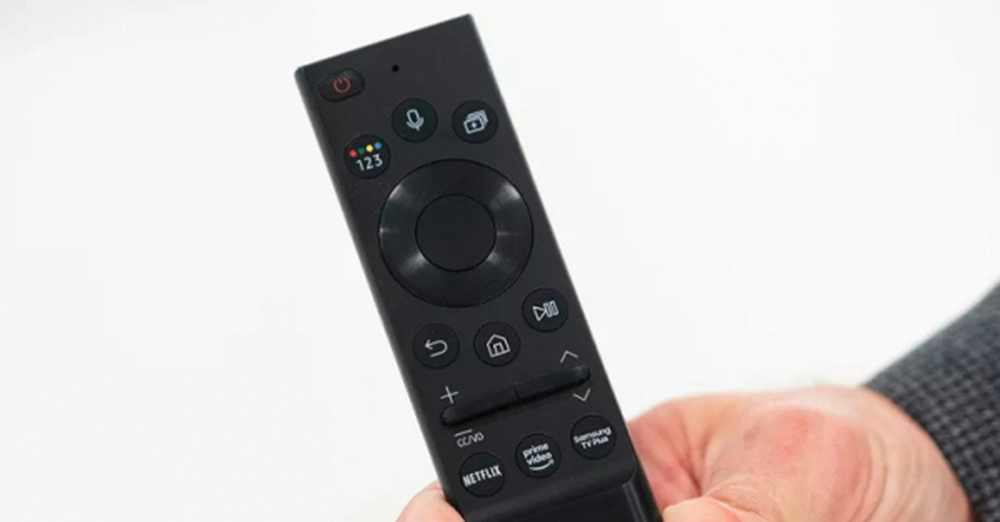

In addition, Samsung decreased the size of the SolarCell Remote by 25% in its latest iteration. Samsung’s goal is to integrate more eco-conscious products and processes into a wider range of models across regions and empower consumers to live a more sustainable lifestyle. In recognition of this product’s environmentally friendly design, Time Magazine selected the SolarCell Remote as one of Time Magazine’s “The Best Inventions of 2022”.Īll of Samsung’s 2023 Lifestyle TVs are equipped with the 2023 SolarCell Remote. “The process is quite extensive, from sorting out the waste to cleaning, removing toxic substances and improving material properties.” While they are costly and difficult to process, the end result is a higher quality of materials which contribute to our mission of everyday sustainability,” Kim added. “This year, we started using recycled plastics from discarded fishing nets. “Going forward, we aim to foster the use of these resources and utilize recycled plastics more aggressively.” We chose to use recycled plastics from discarded fishing nets for 20% of brackets of the 2023 SolarCell Remote,” said HyunJoo Kim from Mecha Solution Lab. “With growing concerns about ocean waste, we looked carefully into many solutions. It takes time and effort to develop and apply alternative materials made from recycled waste in a meaningful way. This equates to about an 18% decrease in carbon emissions compared to production using conventional materials. This means more than six tonnes of waste are recycled for the annual production of 10 million SolarCell Remotes. Twenty-four percent of the plastics used in the SolarCell Remote come from recycled materials. The SolarCell Remote Recycles More Than Six Tonnes of Waste “Samsung made significant progress by drastically eliminating unnecessary outputs and operations, contributing to great energy savings,” Lee added. The SolarCell Remote was designed to run on about 10% of the power that typical remote controls use. “By eliminating the need for disposable batteries, not only are fewer resources consumed but carbon emissions are lowered by manufacturing fewer batteries over time.”Īnother remarkable feature is its low power consumption. “The level of carbon emissions from the SolarCell Remote, from production to disposal, is roughly one-third of that of the manufacturing of disposable batteries ,” said JongKeun Lee from H/W Platform Lab. The remote can also be charged with a USB-C cable so consumers have many ways to charge their remote.

It is the industry’s first rechargeable remote control, with a solar panel (solar cell) that can be charged by sunlight or indoor lighting.

Samsung Electronics developed the SolarCell Remote to combat the environmental impact of discarding used batteries. It does not store any personal data.(From left) JongKeun Lee from H/W Platform Lab and HyunJoo Kim from Mecha Solution LabĮliminating the Need for Disposable Batteries

The cookie is set by the GDPR Cookie Consent plugin and is used to store whether or not user has consented to the use of cookies. The cookie is used to store the user consent for the cookies in the category "Performance". This cookie is set by GDPR Cookie Consent plugin. The cookie is used to store the user consent for the cookies in the category "Other. The cookies is used to store the user consent for the cookies in the category "Necessary". The cookie is set by GDPR cookie consent to record the user consent for the cookies in the category "Functional". The cookie is used to store the user consent for the cookies in the category "Analytics". These cookies ensure basic functionalities and security features of the website, anonymously. Necessary cookies are absolutely essential for the website to function properly.


 0 kommentar(er)
0 kommentar(er)
